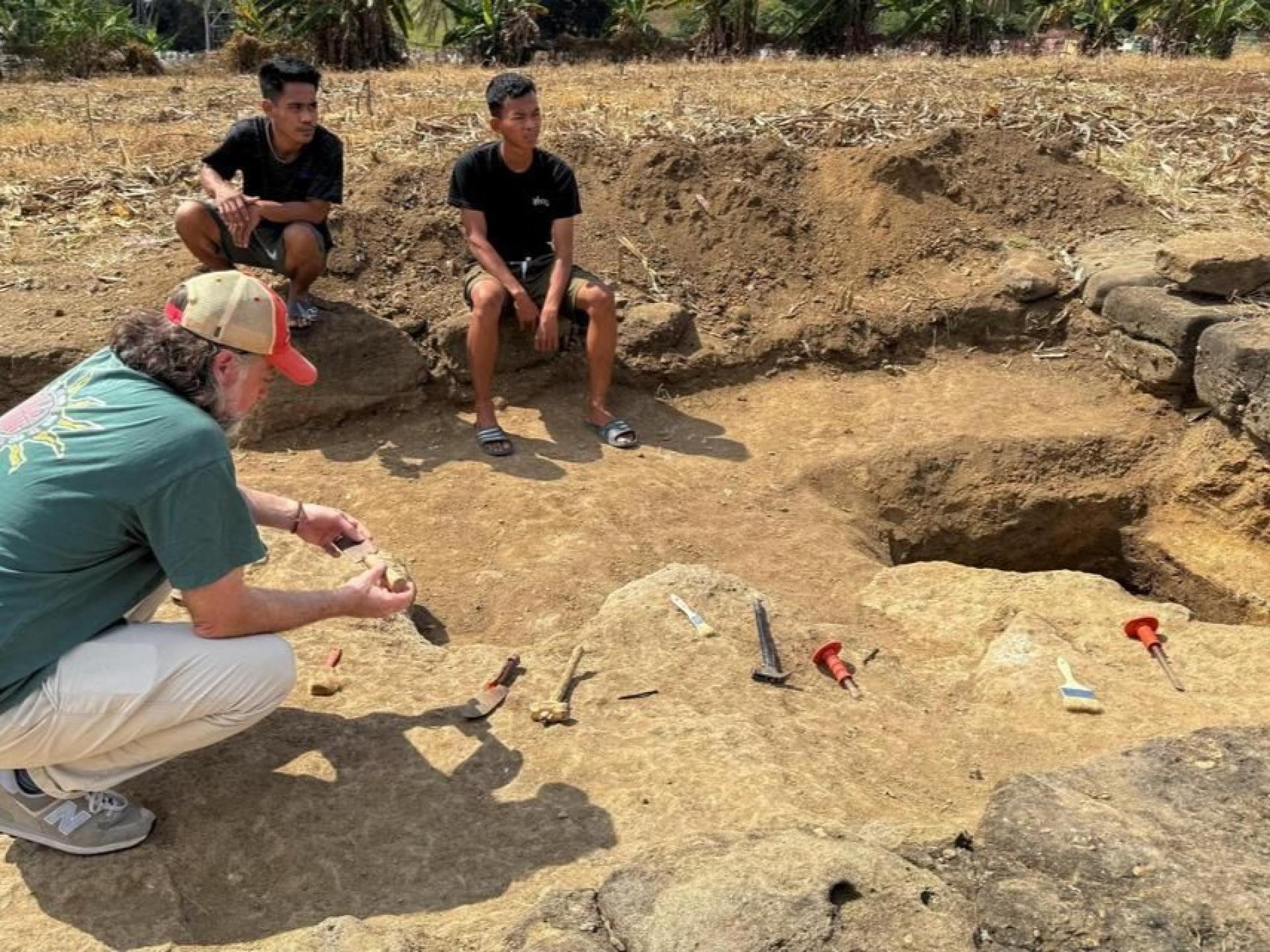(Jakarta, 12th) Scientists have unearthed seven small knapped stone tools at a site in Soppeng Regency, southern Sulawesi, Indonesia. Radiometric dating shows they date back 1.04 to 1.48 million years, making them the earliest known evidence of human activity in the Wallacea region and potentially rewriting early human migration theories.
An Australian-Indonesian archaeological team discovered the stone tools and ancient pig fossils between 2019 and 2022, in a soil layer 1.4 meters below the surface. The tools are finely crafted, suitable for cutting small animals and carving rock, showing the skill of experienced artisans. Previously, the oldest evidence of human activity on the island dated back only 194,000 years, in the form of stone tools.
Lead archaeologist Dr. Brumm stated that this discovery predates the emergence of Homo sapiens by at least 700,000 years, and the makers may have been Homo erectus who crossed deep seas to reach the island.
Wallacea is located in eastern Indonesia, with flora and fauna quite distinct from the Asian continent and more similar to those of Australia. Due to the lack of human remains, it is difficult to confirm the identity of the toolmakers, but the archaeological community believes that more fossils may still be buried beneath the site waiting to be unearthed.
Lead archaeologist Dr. Brumm stated that this discovery predates the emergence of Homo sapiens by at least 700,000 years, and the makers may have been Homo erectus who crossed deep seas to reach the island.
Wallacea is located in eastern Indonesia, with flora and fauna quite distinct from the Asian continent and more similar to those of Australia. Due to the lack of human remains, it is difficult to confirm the identity of the toolmakers, but the archaeological community believes that more fossils may still be buried beneath the site waiting to be unearthed.
